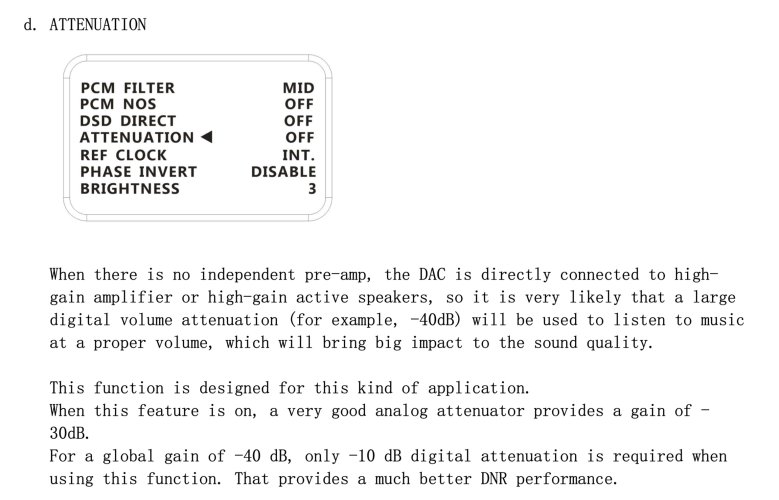I’m just starting to scratch the surface of HQPlayer, planning to start playing around with it this week. I have an old 2017 MacBook Pro that’s on its last legs. If I can getting working on that and like the results I’ll probably pick up a used M1 Mac Mini to dedicate to HQPlayer. Not going in for a water cooled PC build.

I discounted the embedded version because I thought it was for Linux builds only. So I can boot it from a drive on a Mac?
Discounting HQPlayer Embedded would probably be a mistake here, I too thought you had to have a Linux OS running on the MacBook before allowing it to run. This is not necessary as the USB HQPe runs completely from the USB drive and then uses the resources of the 'donor slave laptop or PC machine' to do the processing.
I went as far as wiping OSX off my old MacBook and installed Debian 11, wasn't necessary, because the USB Embedded version does the work of the OS. I've popped OSX back onto the MacBook and am still able to use the USB to boot to to run HQPe. This is one of the non explained things I was referring to from the HQplayer site, it is not clear. I feel many more people would try HQPe if they knew the facts. It only takes seconds to boot the linux image off USB. When you want your old machine back just reboot after taking out the USB drive with HQPe.
If you are having difficulty when installing the HQplayer Embedded on your Mac then it is probably the AirPort Extreme wi-fi card inside the Mac as there doesn't seem support for this card on linux - crazy this, as it was like this ten years ago. When installing Debian (and Unbuntu Server LTS before that) onto the MacBook it stalled and requested drivers for the AE card.
To solve this, I used a USB-A to Rj45 network dongle adaptor I had from previous setups. Once this dongle was plugged in then Debian/Unbuntu and HQplayer OS on the USB drive accepted the hardware and worked. It's plug and play.
FYI If you have a Amazon Cube there is a USB (micro connection) to RJ45 adaptor in the box, as it's for android it will probably work too with a USB adaptor suitable for your Mac.
Using a wired network connection on my setup is the best option as I have made much effort to have a clean side to my setup with a switch+LPS with wi-fi extender and MinimServer then finally the R26 connected via FMC. The MacBook with HQplayer Embedded is also connected to the same switch, keeping the router on the dirty side.
Another thing worth noting is how much horsepower you need for the HQPe or Desktop version for the R26, the R26 likes PCM, I feel some feedback would be appreciated here, for PCM processing there is much much less processing required. People have reported that a Rpi4 is enough, but my old 2013 MacBook Air i5 copes very well not getting at all hot or using the fan. An M1 Mac mini might be overkill for the task is all.... your 2017 MacBook Pro sounds ideal, you won't need to look at the screen at all, all config is done via a web page.
Any comments from HQplayer veterans much appreciated.





















